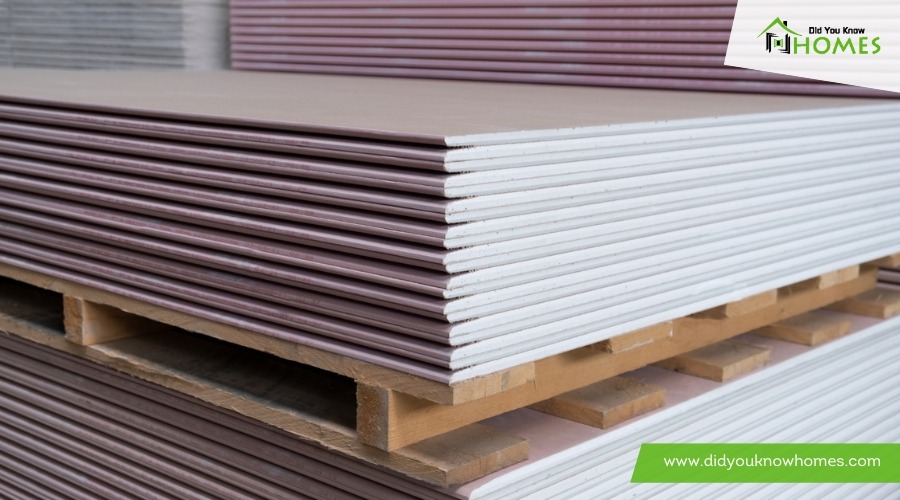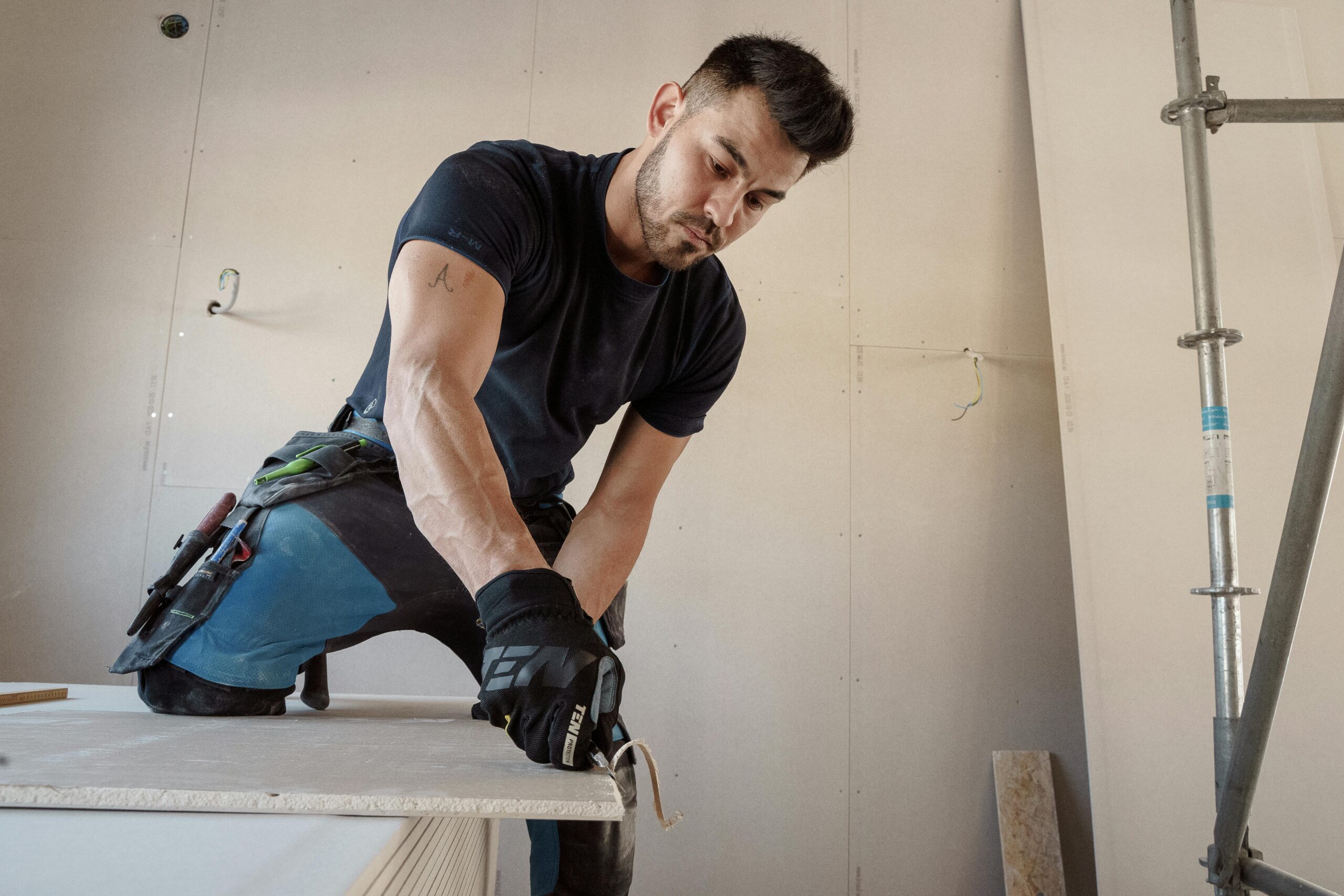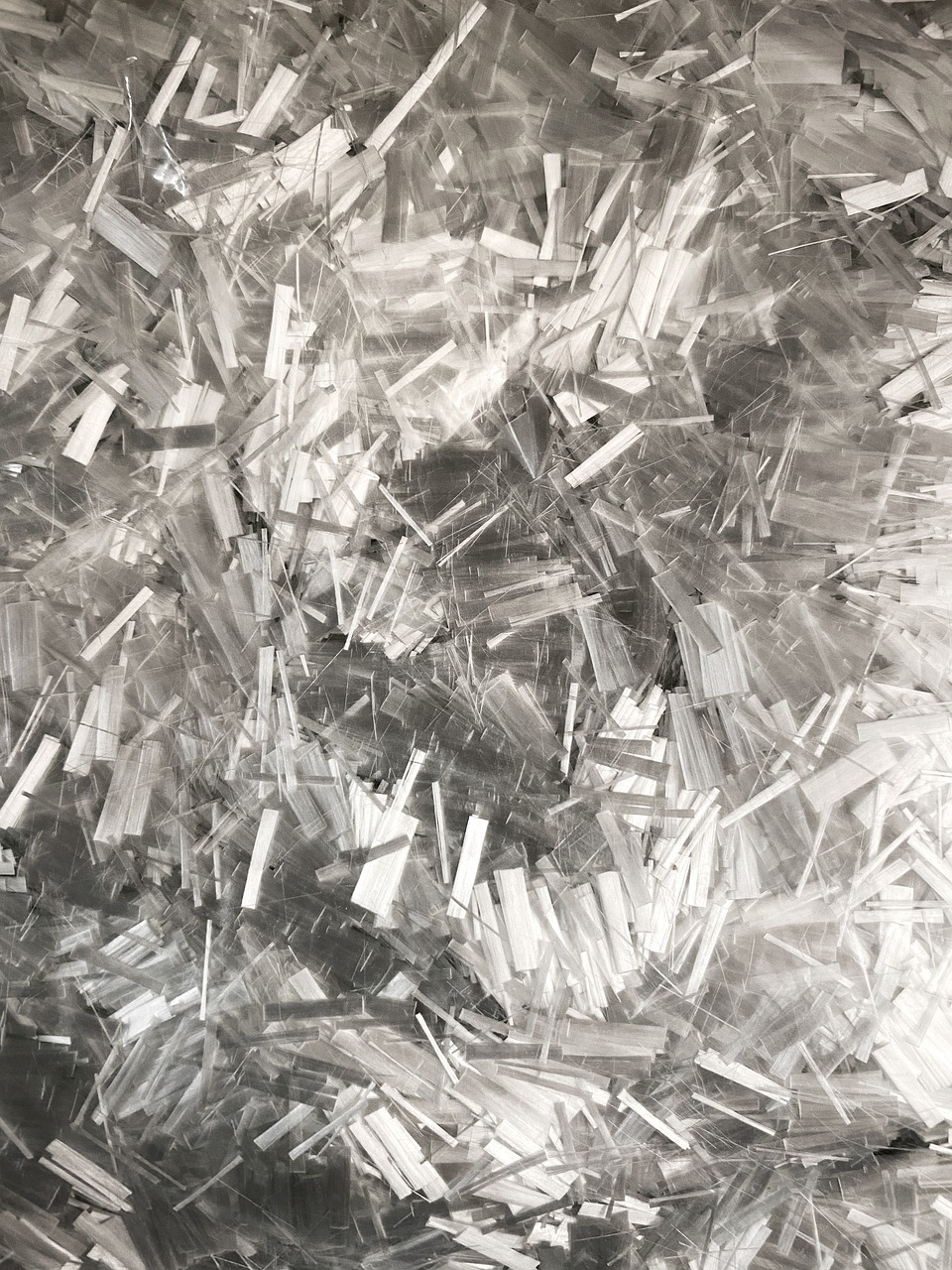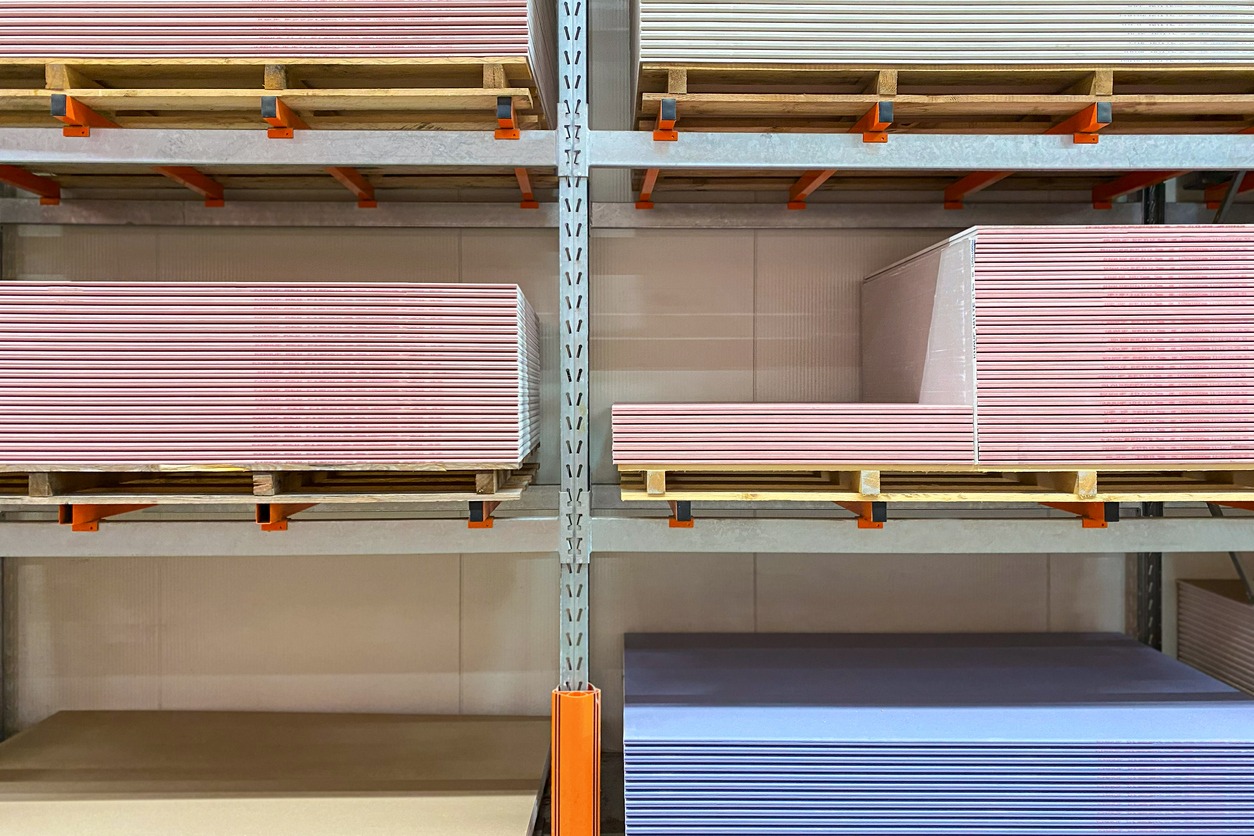As you navigate through the maze of building materials, fire-resistant drywall stands out as a beacon of safety, incorporating materials like glass fibers and gypsum that slow the spread of flames. You’ve probably heard of Type X and Type C drywall, but understanding the science behind their fire resistance is vital for any construction project aimed at enhancing fire safety. These materials aren’t just mixed randomly; there’s a precise science that guarantees they offer protection up to 2 hours during a fire.
So, let’s peel back the layers and discover what makes these drywall types indispensable in critical fire protection areas. Why is this knowledge essential for your next project, and how can it fundamentally alter your approach to building safety?
Understanding Fire-Rated Drywall
Fire-rated drywall, packed with non-combustible materials like glass fibers and minerals, offers enhanced fire resistance essential for your safety. These materials play an important role in ensuring that the drywall can withstand high temperatures for an extended period, which is important during a fire outbreak. Unlike standard drywall, fire-rated versions like Type X and Type C are specifically designed to slow down the spread of fire, providing you with precious time to evacuate and for emergency services to respond.
Type X drywall incorporates glass fibers, which enhance its fire resistance capabilities. It’s a go-to choice for areas requiring basic fire protection, capable of offering up to 2 hours of resistance when used in approved wall systems. On the other hand, Type C drywall includes vermiculite, an addition that further boosts its ability to resist fire, also up to 2 hours under certain conditions. Both types work by not only resisting combustion but by also slowing down the crumbling process during a fire. This is achieved by releasing steam and leveraging the strength of added materials like vermiculite and glass fibers, ensuring your wall systems play an significant part in fire protection.
Type X Vs. Type C Drywall
When comparing Type X and Type C drywall, understanding how their distinct compositions and thicknesses impact their fire-resistance capabilities is essential. Type X drywall, at ⅝-inch thick, is a staple in buildings, serving as a barrier between garages and living spaces due to its basic fire resistance. Doubling up on Type X can enhance a wall’s fire rating to up to 2 hours, a demonstration of its effectiveness in slowing down fire spread.
On the flip side, Type C drywall, while also designed to withstand fire for up to 2 hours, incorporates vermiculite into its makeup. This addition, along with its ½-inch thickness, makes Type C somewhat easier to handle than its Type X counterpart. However, acceptance of Type C can vary, as local building codes dictate its use based on specific fire safety requirements.
Both types of drywall benefit from added materials like glass fibers and vermiculite, which enhance their ability to resist fire by slowing the crumbling process under intense heat. This makes both Type X and Type C critical components in fire safety strategies for buildings, directly impacting their overall fire rating and safety profile.
Composition and Materials
Understanding the composition and materials of fire-resistant drywall is key to appreciating its role in fire safety. This type of drywall incorporates non-combustible materials, such as glass fibers and minerals, to achieve enhanced fire resistance. These components are important in slowing down the spread of fire within a building. When exposed to heat, fire-resistant drywall releases steam, a process that helps to reinforce the structure’s integrity during a fire.
Additionally, the addition of glass fibers and vermiculite into the drywall’s composition serves a dual purpose. Not only do these materials help to prevent the drywall from excessive crumbling when exposed to intense heat, but they also contribute to the overall structure reinforcement. This is crucial for maintaining the integrity of a wall under fire conditions.
The fire rating of fire-resistant drywall isn’t determined by individual sheets alone but rather by the approved wall systems in which the drywall is used. Thanks to these meticulously designed compositions, fire-resistant drywall can resist fire for up to two hours, marking it as an indispensable component of modern fire protection systems.
Technological Advances

In the domain of building safety, technological advances have greatly improved the fire resistance of drywall, incorporating smarter materials and construction techniques to meet the demand for higher safety standards. The development and application of advanced materials, such as Type X gypsum board, highlight the strides taken towards ensuring fire safety within buildings. These innovations are a proof to the commitment towards enhancing fire-resistant properties of drywall, which plays a vital role in construction codes and overall building safety.
Key technological enhancements include:
- Addition of Additives: The integration of glass fibers and vermiculite into drywall formulations significantly ups the ante on fire resistance. These additives not only slow down the crumbling process during heat exposure but also contribute to the structural integrity of the drywall under fire conditions.
- Extended Fire Resistance: Innovations have enabled fire-resistant drywall to withstand fire for up to 2 hours, providing essential time for evacuation and fire containment efforts.
- Advanced Construction Techniques: Improved construction techniques ensure that fire-resistant materials are utilized effectively, optimizing the fire safety of structures.
- Demand-Driven Development: The push for more efficient, fire-resistant drywall products is driven by an increasing demand for higher building safety standards, reflecting a society that prioritizes safety and resilience in construction.
Installation and Requirements
Installing fire-rated drywall goes beyond mere placement; it demands adherence to specific framing requirements and sealing techniques to guarantee excellent fire protection. You must make sure the framing is robust enough to support the weight and maintain stability. This isn’t just about putting up walls; it’s about constructing a barrier that can stand firm against flames.
When you’re installing, don’t overlook the importance of sealing joints with fire-resistant tape or compound. This step is vital for enhancing fire protection. Every gap or seam is a potential pathway for smoke or flames, so sealing them properly maintains the integrity of your fire-resistant barrier.
Building codes play a big part in this process, often specifying the minimum thickness and type of fire-rated drywall required for various areas of a building. It’s not a one-size-fits-all situation; different spaces may have different requirements based on potential risks and construction features.
Fastening the drywall securely is another key aspect. If it’s not attached properly, you risk gaps or separation during a fire, which can compromise the entire system’s effectiveness. Proper installation is essential to make certain that the fire-resistant barrier performs as intended, safeguarding lives and property against the ravages of fire.
Conclusion
In wrapping up, you’ve got a solid grasp on fire-resistant drywall, including the differences between Type X and Type C. You know they’re packed with materials like glass fibers and gypsum to slow down fire spread, essential for your safety. Remember, while these drywalls offer significant protection, they’re just part of the equation. Don’t overlook additional measures like insulation, fire stops, and sprinkler systems to bolster your fire defense. It’s all about layering your safety features for the best protection.




